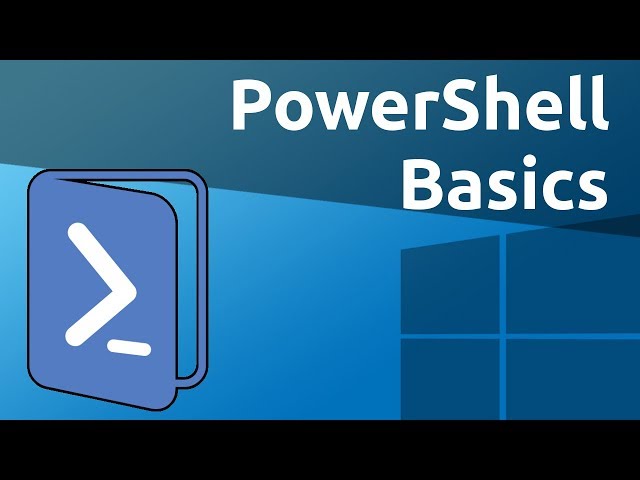Creating and running PowerShell scripts involves writing a series of PowerShell commands in a script file and executing the script using the PowerShell interpreter. Let’s go through the steps to create and run a PowerShell script.
- Open a text editor:
Open a text editor such as Notepad, Notepad++, or Visual Studio Code to write your PowerShell script. - Write your PowerShell commands:
In the text editor, write the PowerShell commands that you want to include in your script. For example:powershellCopyWrite-Host "Hello, World!" Get-Process ``` This script will display the "Hello, World!" message and retrieve the list of running processes. - Save the script file:
Save the script file with a.ps1extension. Choose a meaningful name for your script. For example, save it asmyscript.ps1. - Set the execution policy (if needed):
Before running a PowerShell script, you may need to adjust the execution policy if it’s restricted on your system. The execution policy determines whether PowerShell scripts can be run and from where. To check the current execution policy, runGet-ExecutionPolicyin a PowerShell console. If the execution policy is restricted, you can change it to a more permissive policy such asRemoteSignedorUnrestricted. To change the execution policy, open a PowerShell console as an administrator and run the following command:-ExecutionPolicy RemoteSigned ``` Confirm the change by entering "Y" when prompted. - Run the script:
Open a PowerShell console and navigate to the directory where you saved your script file. To execute the script, type the following command:powershellCopy.\myscript.ps1 ``` The script will be executed, and the output (if any) will be displayed in the console. Note: By default, PowerShell restricts running script files for security reasons. If you encounter an error stating that the script is not digitally signed, you can bypass the restriction by running the script with the `-ExecutionPolicy Bypass` parameter: ````powershell .\myscript.ps1 -ExecutionPolicy Bypass ``` This allows you to run unsigned scripts. Be cautious when running unsigned scripts obtained from untrusted sources.
Creating and running PowerShell scripts involves a few straightforward steps. Here’s a basic guide to help you get started:
- Create a new script file: Open a text editor or an IDE, such as Visual Studio Code, and create a new file with a .ps1 extension.
- Write your PowerShell script: Write the PowerShell commands, variables, functions, and any other scripting components in the script file. For example, you can include commands to perform file operations, retrieve information, or automate a specific task.
- Save the script file: Save the script file with a meaningful name and the .ps1 extension. Make sure to save it in a location where you have the necessary permissions to run scripts.
- Set the execution policy (if needed): In some cases, you may need to adjust the PowerShell execution policy to allow script execution. Open a PowerShell session as an administrator and use the
Set-ExecutionPolicycmdlet to set the desired execution policy.Example:Set-ExecutionPolicy RemoteSigned - Execute the script: Open a PowerShell session and navigate to the directory where your script file is saved. Use the
&symbol followed by the path to the script file to execute it.Example:& C:\Scripts\MyScript.ps1Alternatively, you can use relative paths if your script file is stored in a different directory. - Review the output: The output of the script will be displayed in the PowerShell session. Inspect the output to verify that the script executed as intended.
That’s it! You have created and executed a PowerShell script. PowerShell scripts provide a powerful way to automate tasks and perform complex operations using the PowerShell language. You can explore more advanced scripting techniques, such as input and output handling, error handling, and parameterizing scripts, to create robust and flexible scripts.
SHARE
